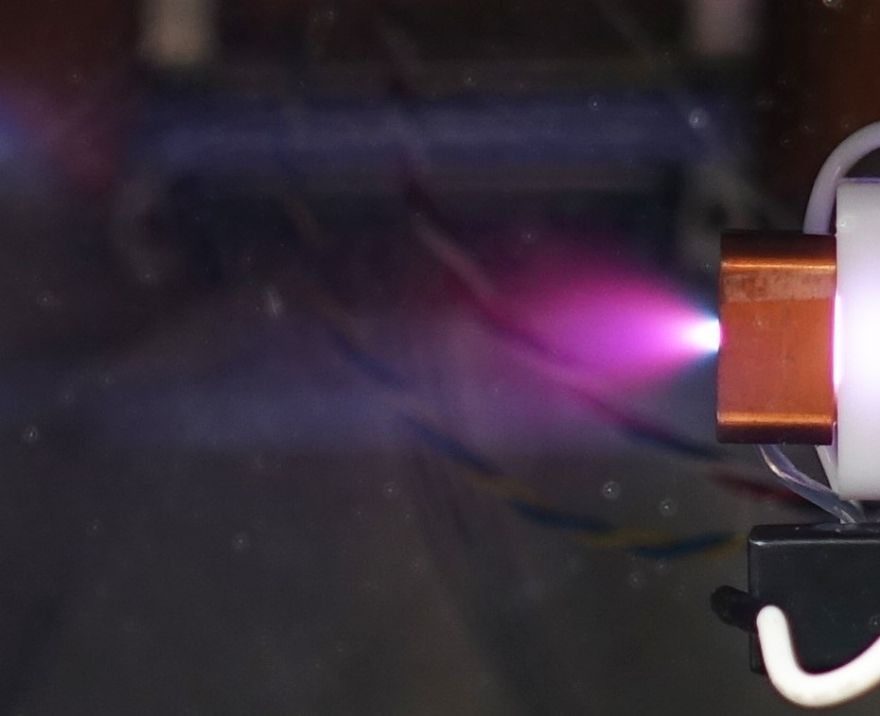 Omnidea Ltd
Omnidea Ltd — the UK arm of Omnidea Group — has signed up to the national
SPRINT (SPace Research and Innovation Network for Technology) business support programme and will collaborate with the
University of Leicester to develop a miniature solid-fuel plasma-based electrical thruster for use on CubeSats.
The new thruster is a ‘highly innovative electrical propulsion system for spacecraft applications’ and is the first system of its kind to generate plasma at ‘thermonuclear temperatures and densities’. It will be used for moving and positioning deployed space assets in vacuum and low-pressure environments, used on assets ranging from low Earth Orbit spacecraft (200-500km altitude) to deep space exploration systems.
Omnidea is also planning to incorporate this technology into a new generation of rocket engines for use in very-low-Earth-orbit satellites, a relatively new market that is still in its infancy. The system works by generating a particular magnetic effect which results in a more tightly focused ion beam that gives higher performance when compared to traditional pulse plasma thruster (PPT) systems.
This results in higher specific impulse performance and higher energy efficiency operation. The University of Leicester will bring its expertise in plasma physics, electronic circuit design, and overall expertise in the space arena to this SPRINT project with Omnidea. CubeSats equipped with these propulsion systems can also help with the mitigation and remediation of space debris by avoiding collisions and removing themselves from orbit at end of life.
Joe Wells, Omnidea Ltd’s UK managing director, said: “We are delighted to be collaborating with the University of Leicester and aim to maximise the innovation support it offers, while also gaining access to key experts and the range of facilities at the University’s Space Research Centre. This research project will be extremely valuable in determining specifications for an in-orbit demonstrator and an equivalent ‘breadboard demonstrator’ that will be built and tested in laboratory vacuum conditions.
“More significantly, we see this as an ideal opportunity to enter and exploit the small-satellite market as an early player. This type of propulsion system has previously never been used in space applications. The technology combines the advantages of traditional PPT — including simplicity, reliability, lower cost and low power consumption — with improved performance, including higher specific impulse, impulse bit and energy efficiency.”